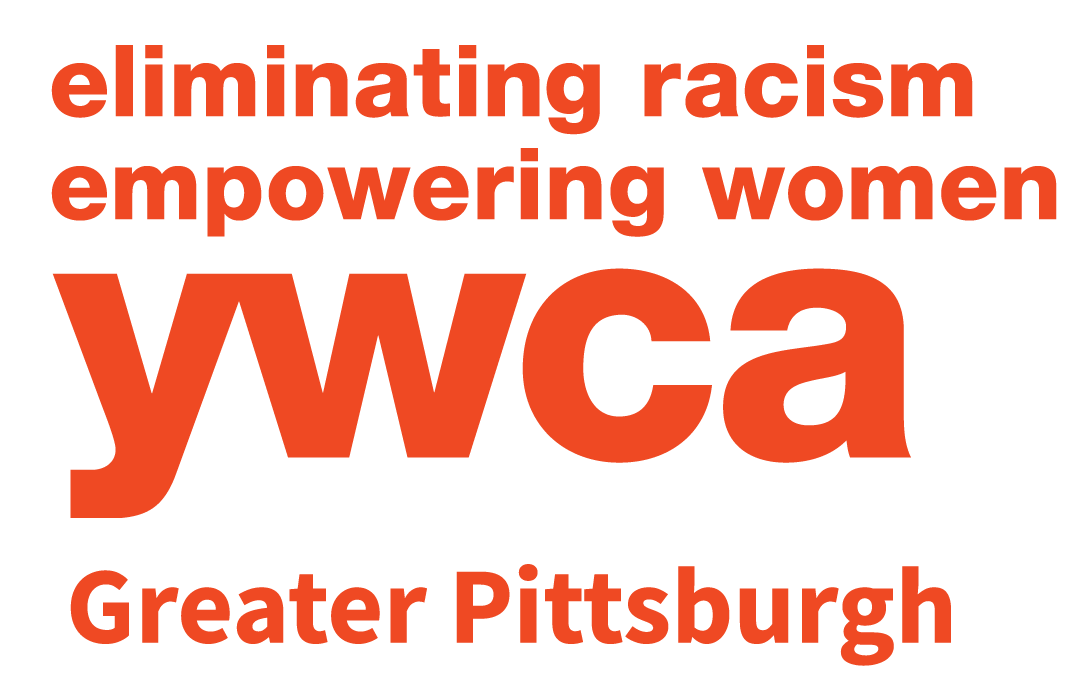Freedom Corner’s Place in Pittsburgh’s Black History
Days after the assassination of Dr. Martin Luther King Jr. in 1968, Pittsburgh residents gather for a march from Freedom Corner to Downtown
It’s widely known that Pittsburgh has a long history of redlining, racial discrimination, and gentrification–all of which have disproportionately harmed predominantly Black neighborhoods. But, acts of destruction are met with acts of resistance, which is how Freedom Corner came to be.
By the 1950s, Pittsburgh neighborhoods were largely segregated. Planners began ideating a new stadium and found a location they deemed to be perfect: the vibrant, thriving Lower Hill District, which was already home to thousands of residents. The community, houses, businesses, and historic Bethel AME Church of the Lower Hill District–a primarily Black neighborhood–were sacrificed by planners who tore them down to make room for the new Civic Arena, forcing 8,000 residents and 400 businesses out of their homes. Naturally, this devastating act was met with resistance.
Members of the Citizens Community for Hill District Renewal rightfully demanded an end to the destruction as planners became hungry to “redevelop” the Middle and Upper Hill. At the corner of Crawford Street and Centre Avenue, Hill District residents halted further gentrification and, in 1966, constructed a billboard with a clear message for planners looking to seize more of the Hill: “Attention City Hall and URA: No redevelopment beyond this point! We demand: low income housing for the Lower Hill.” The site of this historic moment (one of the many in this spot) is known as Freedom Corner.
There have been a plethora of important demonstrations held at Freedom Corner, and in 2001, sculptor Carlos Peterson and architect Howard Graves designed a monument honoring the area’s history, Dr. Martin Luther King Jr., the struggles endured throughout the Civil Rights movement, and local civil rights activists. Furthermore, it acts as an embodiment of hope and unity, and Peterson intends it to act as “a hopeful place promoting Reverend Dr. Martin Luther King’s philosophy of non-violence.” True to its origins, Freedom Corner continues to function as the heart of many local demonstrations for racial and social justice.
Sources

